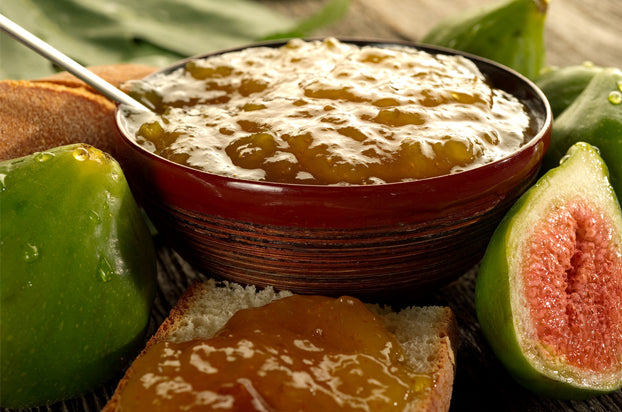
While figs are becoming increasingly popular, many people really don’t know that much about figs. Where do they come from? Where did they get their name? Great questions
The history of figs
Yes, there is quite an interesting history behind figs! Did you know that the Spaniards introduced Mission Figs to the California territory in the early 16th century? Fact! The priests at Mission San Diego planted figs in California in 1769. That’s how the “Mission” fig got its name! Here are a few more fun facts:
- Many believe it was figs that were the fruit in the Garden of Eden with Adam and Eve, not apples.
- The early Olympic athletes used figs as a training food. Figs were also presented as laurels to the winners, becoming the first Olympic “medal.”
- In Roman times figs were considered restorative. They were believed to increase the strength of young people, to maintain the elderly in better health.
- Figs have played prominent roles in every major modern religion, including Christianity, Buddhism, Judaism, Islam, and Hinduism.
Growing figs
We mentioned a little bit about growing figs in California. Here are a few interesting facts about figs when it comes to growing them:
- Figs grow on trees, but not always! Some fig species are trees, others are vines, shrubs, and even epiphytes.
- Fig trees have no blossoms on their branches. The blossom is inside of the fruit!
- The varieties of figs grown in various parts of the world run into the hundreds. The figs Dalmatia uses in our sweet and savory fig spreads come from Croatia.
Who knew this delicious fruit had such a fascinating history, let alone how many types of figs there are?! Knowing these interesting facts about figs makes this amazing fruit even more appealing. Now you can enjoy our spreads with a whole new appreciation. Bon appetit or as they say in Croatia, “dobar apetit”!
